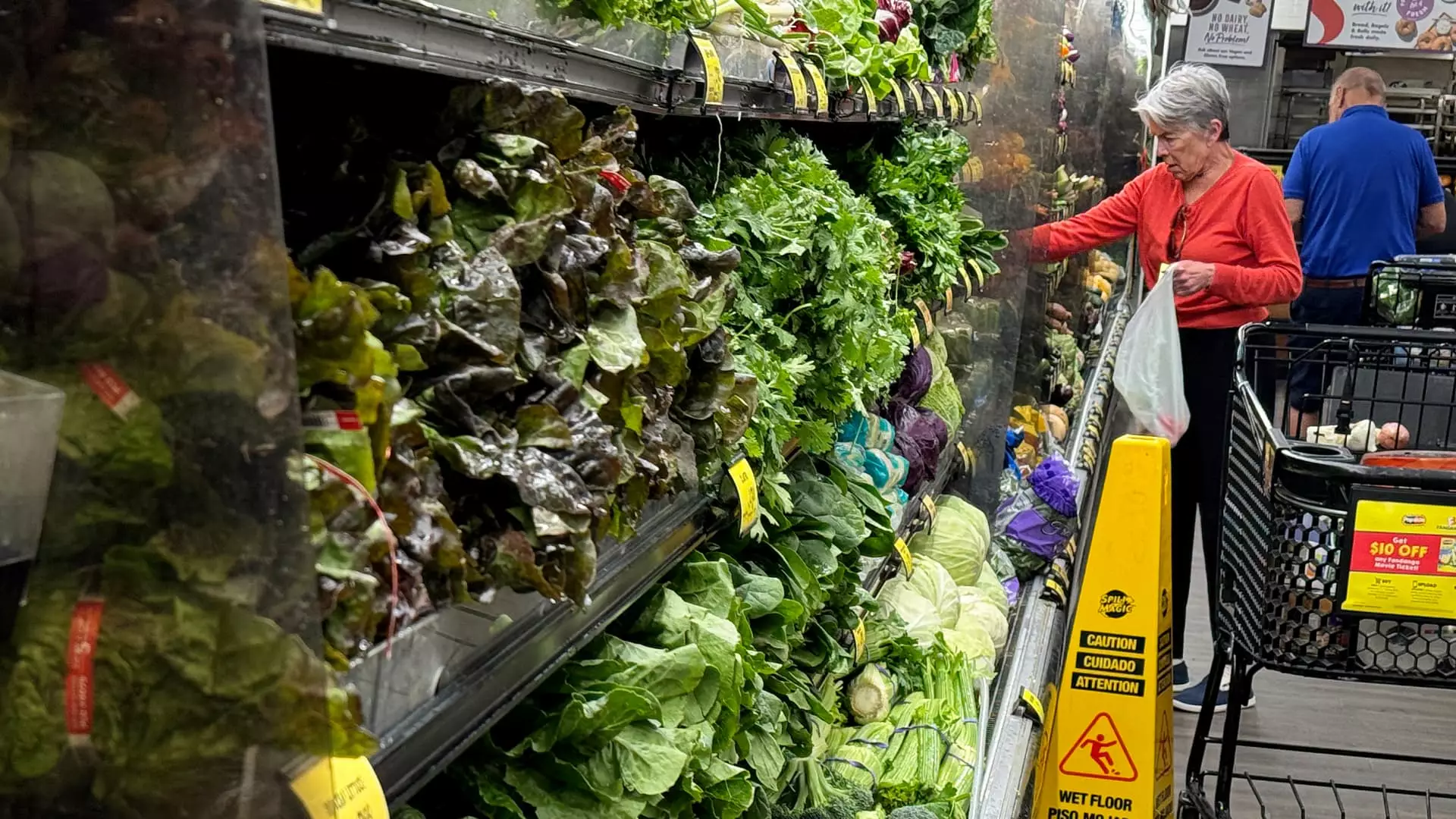Inflation in the United States continued to decrease in July, largely driven by a reduction in price pressures on consumer staples like food and energy, as well as physical goods such as new and used cars. The consumer price index (CPI), a crucial measure of inflation, rose by 2.9% in July compared to the previous year, marking a decline from the 3% recorded in June and the lowest level seen since March 2021. The CPI covers a wide range of goods and services, from fruits and vegetables to household appliances and entertainment options like concert tickets and haircuts.
Experts in the field like Mark Zandi, the chief economist at Moody’s, expressed positivity regarding the CPI report and its implications for consumers. Zandi highlighted the slow growth in inflation for groceries as a particularly positive development, alongside favorable trends in gasoline prices and market rents. These factors are especially beneficial for lower-income individuals who are more vulnerable to the impact of rising prices. The decline in the July inflation reading, compared to a peak of 9.1% in mid-2022, indicates a significant shift towards more manageable levels and is nearing the long-term target of around 2% set by policymakers.
The Federal Reserve closely monitors inflation data to inform its decisions on interest rates. During the COVID-19 pandemic, the Fed raised rates to their highest level in over two decades to combat inflation. However, recent labor market indicators have raised concerns about a potential recession, prompting speculation that the Fed may cut interest rates at its next meeting. Lowering borrowing costs through a rate cut could help stimulate economic activity and boost consumer spending, offering a financial lifeline amid uncertain times.
Shelter costs represent a significant driver of inflation, as the largest component of the CPI with a substantial impact on overall readings. In July 2023, the shelter index rose by 5.1%, contributing more than 70% to the annual increase in the core CPI. Excluding food and energy costs, which can be volatile, economists primarily focus on the core CPI for assessing inflation trends. Despite fluctuations in shelter inflation, underlying trends in the rental market have remained relatively stable over the past two years, indicating a more optimistic outlook excluding housing costs.
In addition to shelter costs, other categories like motor vehicle insurance, medical care, personal care, and recreation have experienced notable price increases over the past year. Factors such as a surge in new and used car prices and rising egg prices due to disease outbreaks have contributed to inflation in these areas. However, trends suggest that certain categories may experience price declines in the future, offering some relief to consumers. The normalization of goods inflation following disruptions from the pandemic has also played a role in shaping the current economic landscape.
Looking ahead, economists anticipate a gradual easing of inflationary pressures, particularly in sectors like services where labor costs play a significant role. With a slackening job market and declining wage growth, services inflation is expected to decrease further. High interest rates have also dampened overall inflation by curbing demand, providing a counterbalancing effect to price increases. However, ongoing monitoring and analysis of economic indicators will be crucial for policymakers and businesses to navigate the evolving landscape of inflation and its impact on the broader economy.

